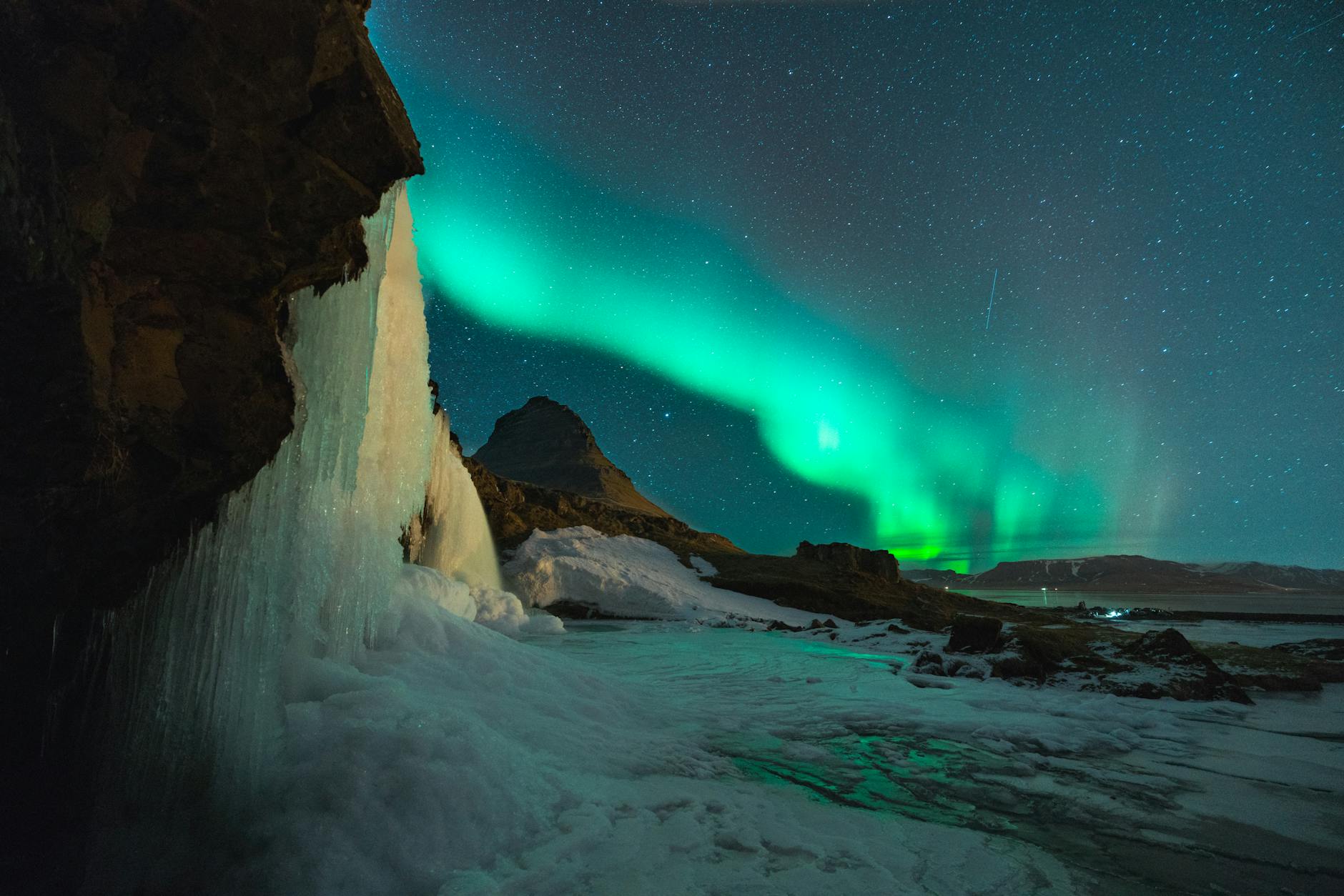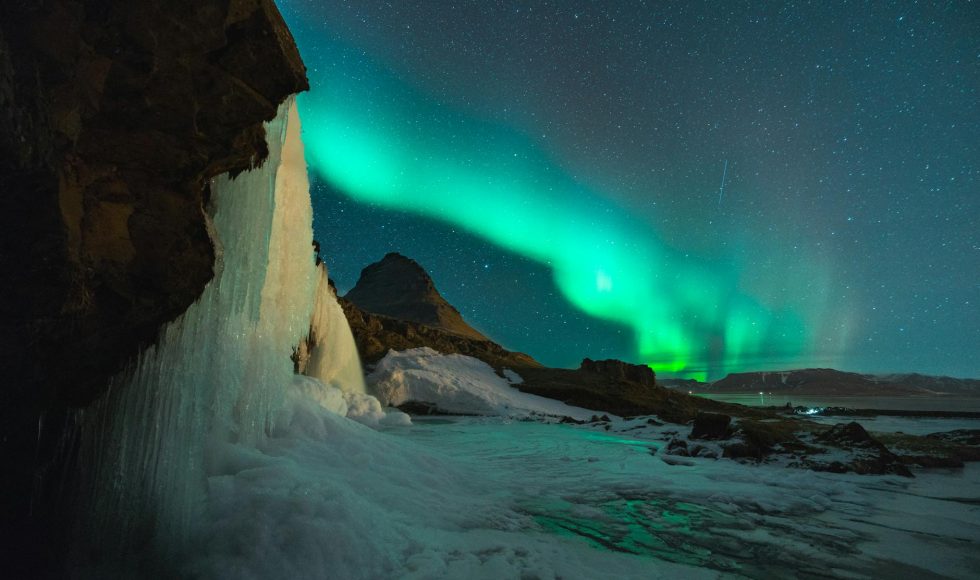Arwyn Edwards from Aberystwyth University in the UK presented at London Calling 2019 on “MinION sequencing from the extreme to the everyday.” The acknowledged the support to perform sequencing in extreme environments. Edwards began with sequencing in subzero environments to provide insights into climate change. Edwards spoke about the carbon footprint of fieldwork and how field sequencing in the Arctic reduces carbon footprint and produces data for use. Ewards spoke about obtaining insights into microbes inside the ice! One of the slides shared the acceptance letter and disclaimer: participants will endure -20C temperatures! Edwards stuffed flow cells inside thermal coats to prevent frozen flow cells and used a data logger. Edwards described hurricane-force frozen winds. Edwards and team determined the “taxonomic composition of Dark Zone cryoconite.“
Edwards worked with collaborators in Alabama to learn about CO2 injections. They used a sampler to perform 16S amplification and sequencing, and the team also did shotgun metagenomics. The team concluded that CO2 had to be purified of potential contaminants before injection. The third environment was sequencing with children and live on TV. The team sequenced saliva from twins. They primed off-stage and then loaded on live TV.
Edwards concluded that they have learned that preparation is key and contingencies, trials, and item-line inventories are critical. Edwards recommended avoiding “single points of failure in your workflow.” Communicating clearly is needed, and Edwards noted that simplification is needed.



